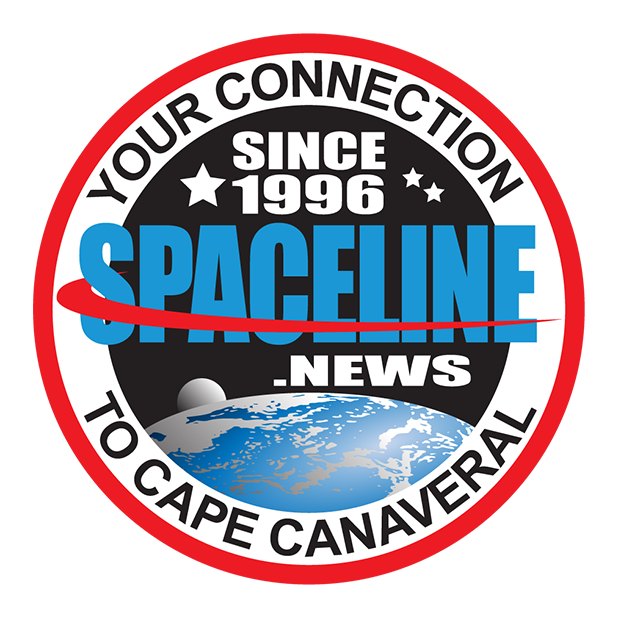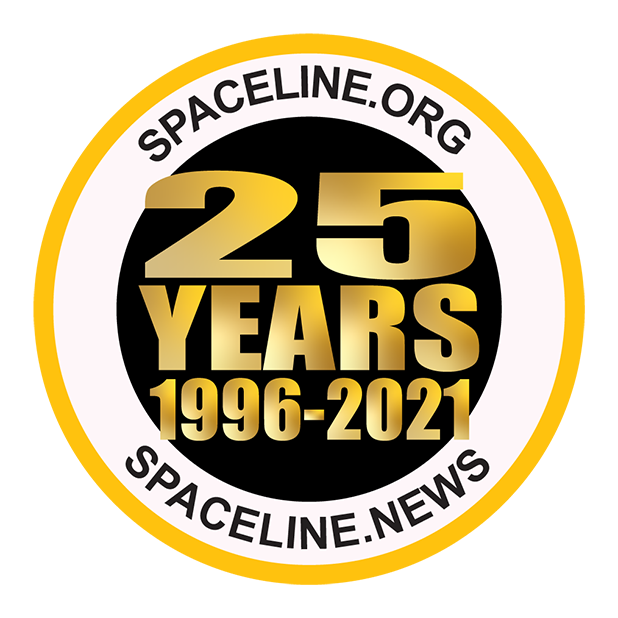Spaceline News Archives
July 2023
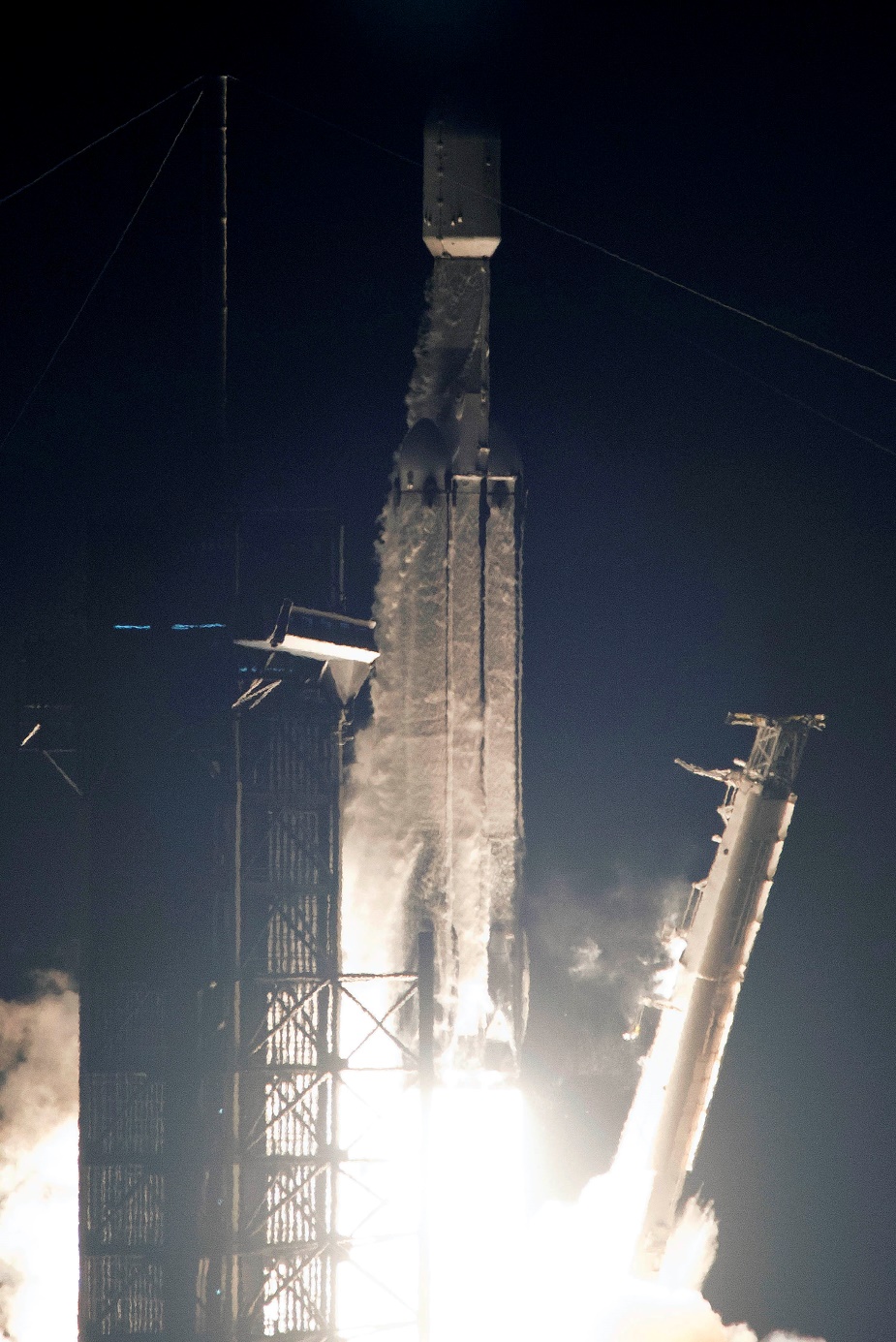
Falcon Heavy Jupiter-3 Launch, Photo Courtesy Carleton Bailie/Spaceline
Falcon Heavy Launches Jupiter-3/EchoStar-24 Satellite
July 28, 2023 | Reported by Cliff Lethbridge
A SpaceX Falcon Heavy rocket successfully launched the Jupiter-3/EchoStar-24 satellite at 11:04 p.m. EDT today from Launch Pad 39A at the Kennedy Space Center. The two side boosters employed today were being flown for the third time, both having previously supported the USSF-44 and USSF-67 missions. The side boosters were successfully recovered today with landings at Landing Zone-1 and Landing Zone-2 on Cape Canaveral Space Force Station. The center core booster employed today was being flown for the first time and was not recovered. At a weight of nine metric-tons, Jupiter-3/EchoStar-24 is the heaviest commercial communications satellite ever launched. The satellite is designed to provide a variety of communications services to North and South America, including broadband Internet, cell phone and Wi-Fi. It will be deployed in a geostationary orbit about 22,000 miles above Earth at 95 degrees west longitude.
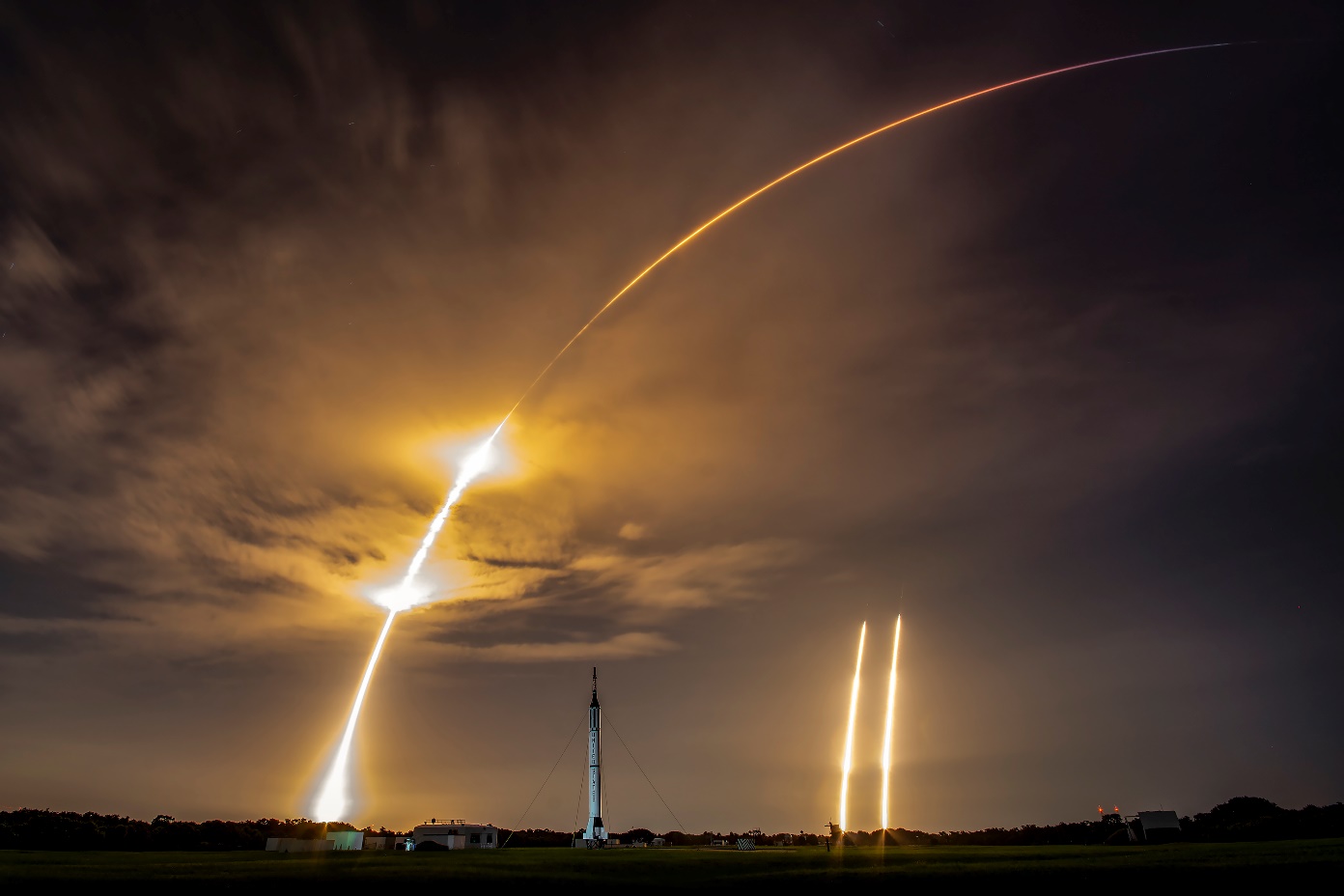
Falcon Heavy Jupiter-3 Launch/Landing, Photo Courtesy SpaceX
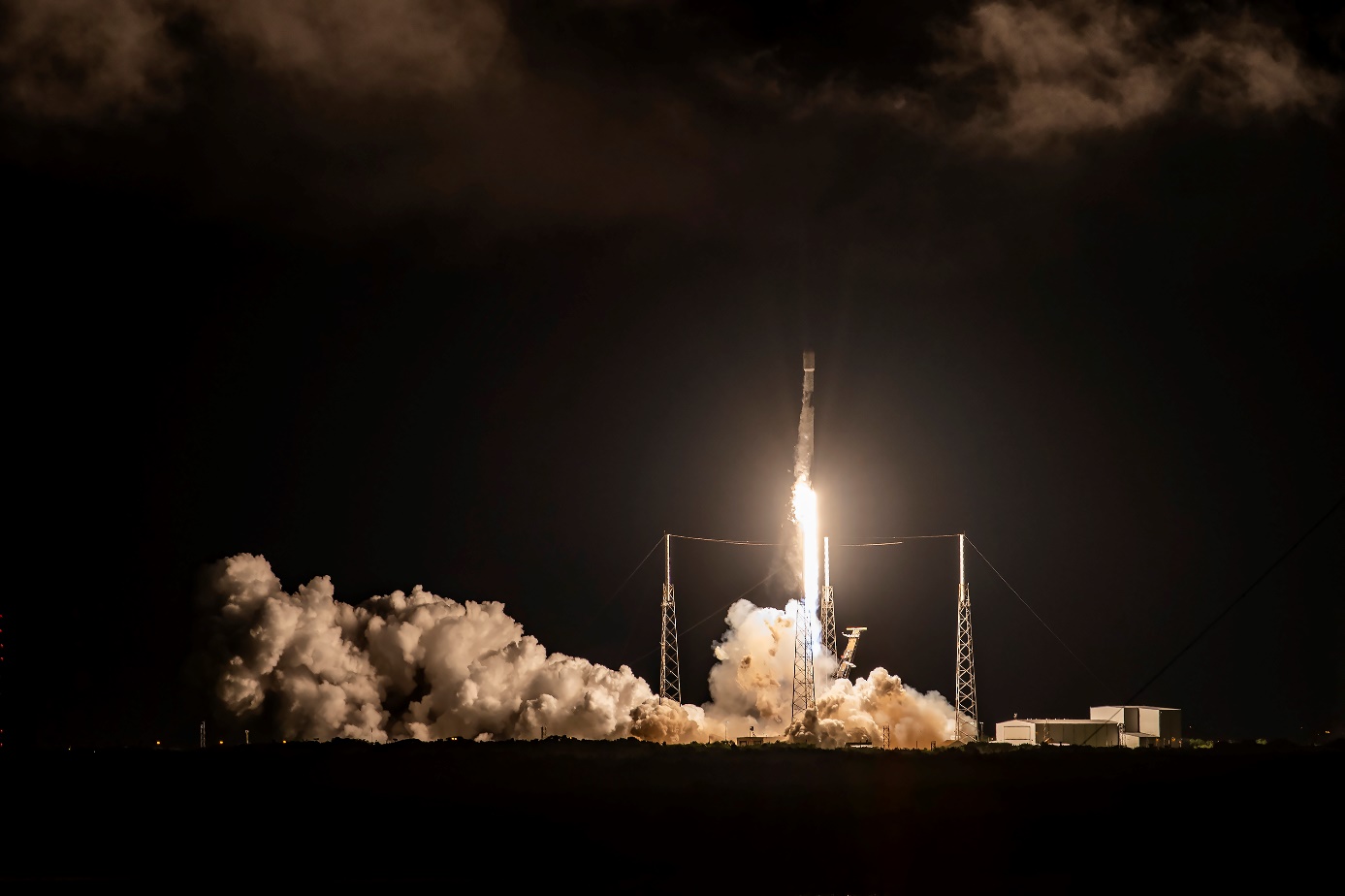
Falcon 9 Starlink 6-7 Launch, Photo Courtesy SpaceX
Falcon 9 Launches 22 Starlink V2-Mini Satellites
July 28, 2023 | Reported by Cliff Lethbridge
A SpaceX Falcon 9 rocket successfully launched 22 Starlink V2-Mini satellites at 12:01 a.m. EDT today from Launch Pad 40 on Cape Canaveral Space Force Station. The first stage booster employed today was being flown for the 15th time, having previously supported the GPS III-SV04, GPS III-SV05, Inspiration4, Axiom-1, Nilesat-301, OneWeb-17, BADR-8 and seven Starlink missions. The booster was successfully recovered today with a landing on the "A Shortfall of Gravitas" drone ship, positioned on the Atlantic Ocean about 400 miles southeast of Cape Canaveral. The mission, designated Starlink 6-7, brings to a total of 4,881 Starlink satellites launched to date, although not all of these are operational or still in orbit. Starlink is a SpaceX-owned and operated constellation of broadband Internet satellites, intended to provide space-based Internet service to users worldwide. The service is currently available on all seven continents to over 1.5 million subscribers.
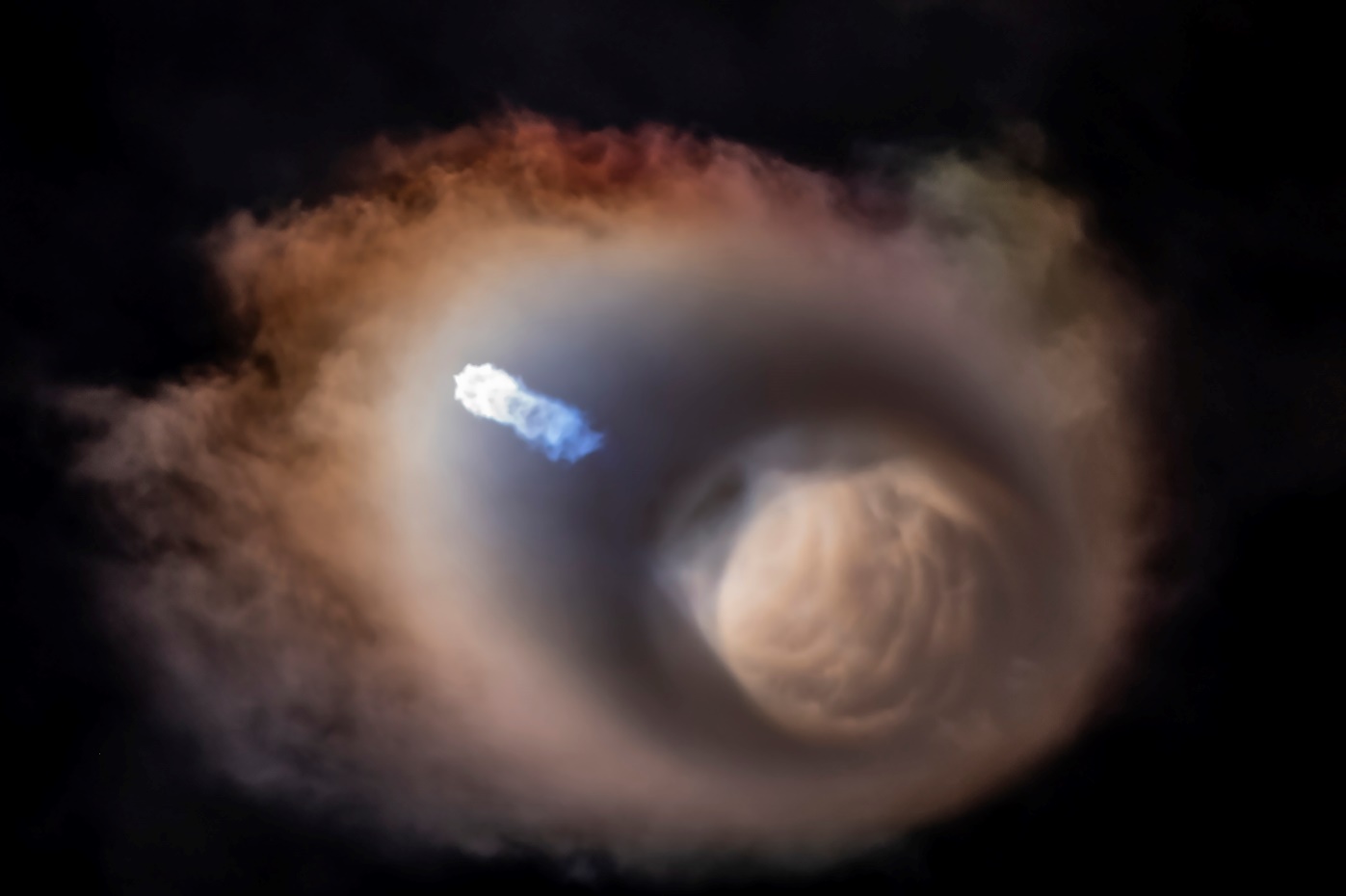
Falcon 9 Starlink 6-7 Downrange, Photo Courtesy SpaceX
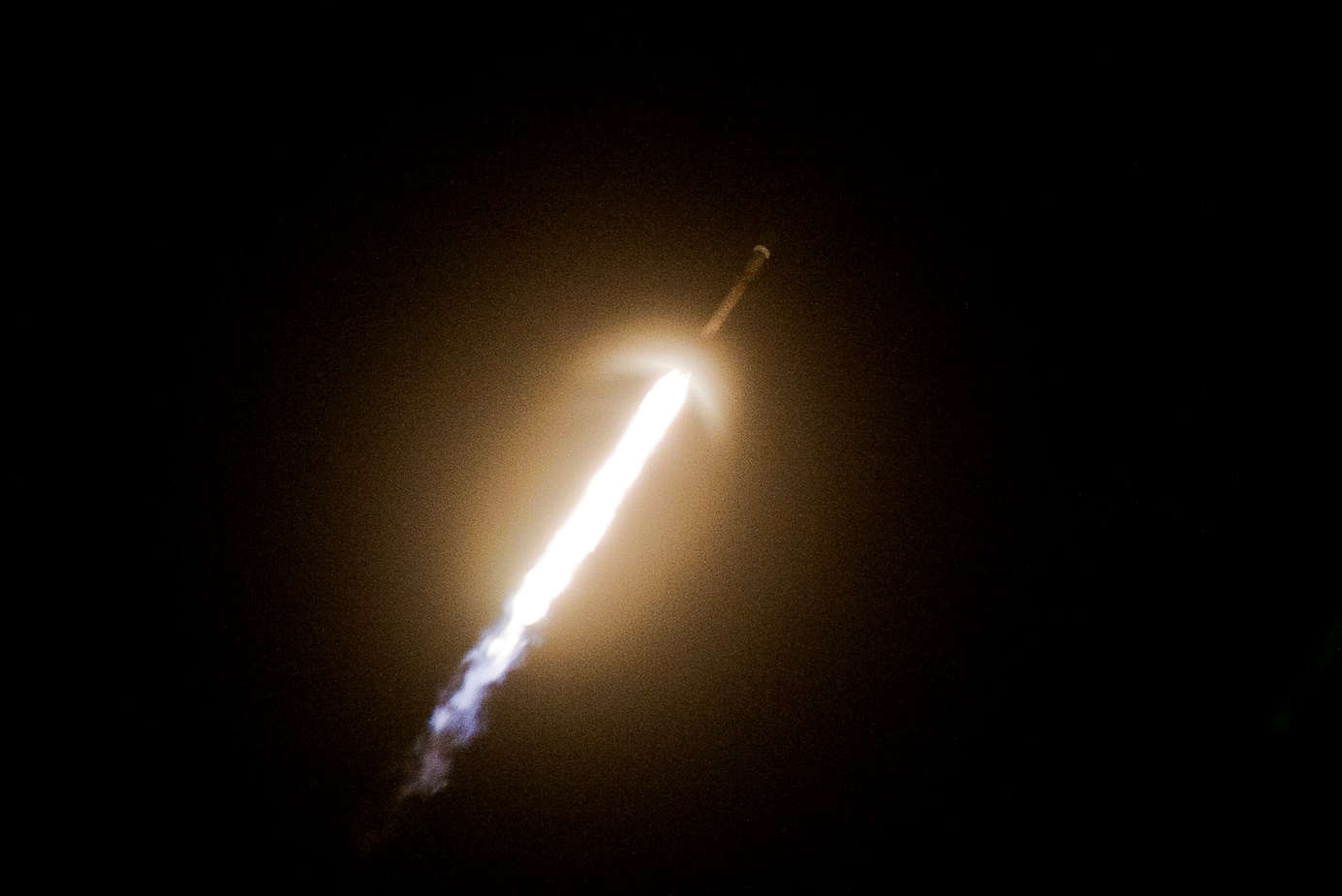
Falcon 9 Starlink 6-7 Downrange, Photo Courtesy Carleton Bailie/Spaceline
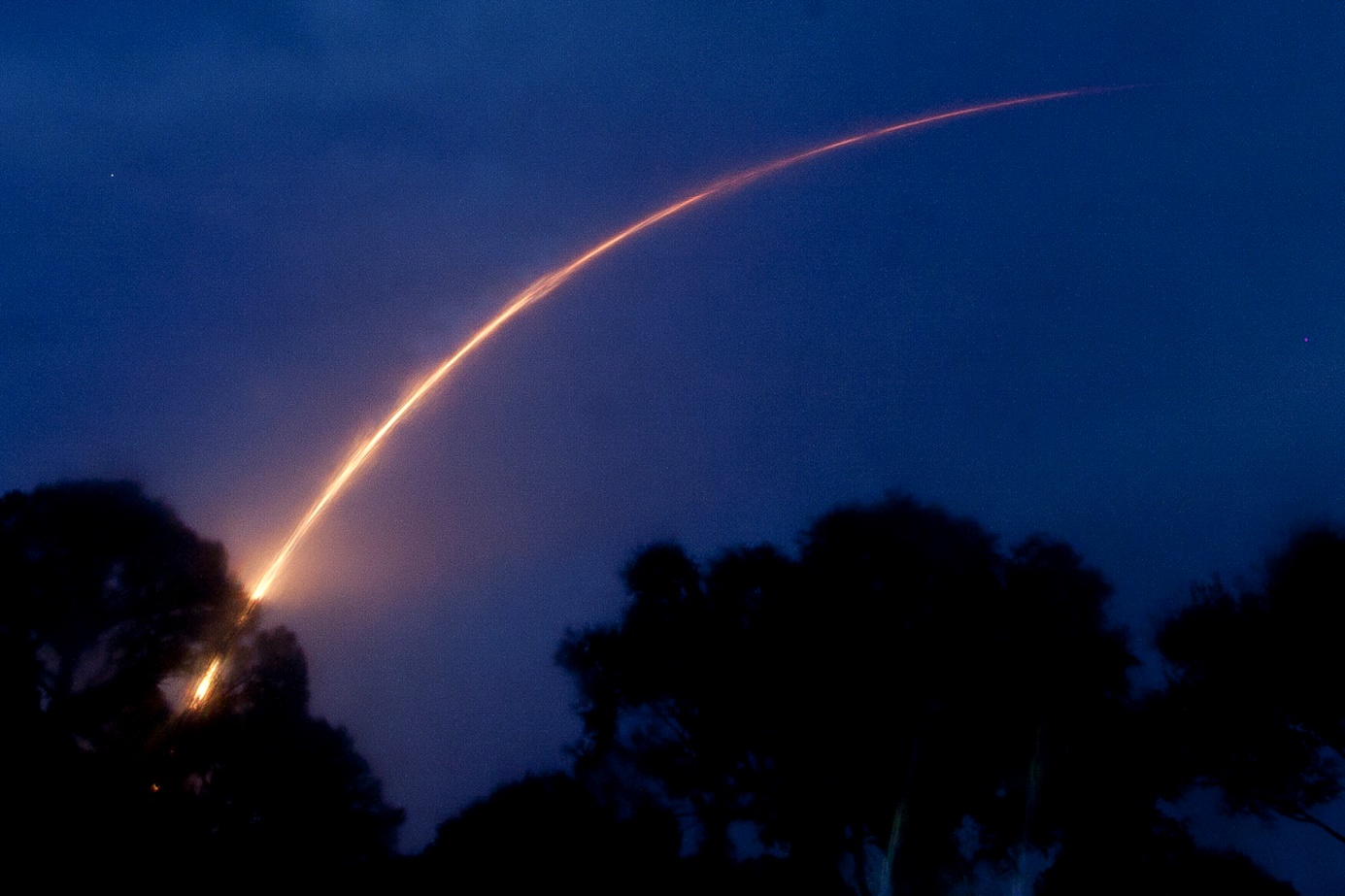
Falcon 9 Starlink 6-6 Launch, Photo Courtesy Carleton Bailie/Spaceline
Falcon 9 Launches 22 Starlink V2-Mini Satellites
July 23, 2023 | Reported by Cliff Lethbridge
A SpaceX Falcon 9 rocket successfully launched 22 Starlink V2-Mini satellites at 8:50 p.m. EDT today from Launch Pad 40 on Cape Canaveral Space Force Station. The first stage booster employed today was being flown for the sixth time, having previously supported the CRS-26, OneWeb-16, Intelsat-40E and two Starlink missions. The booster was successfully recovered today with a landing on the "Just Read the Instructions" drone ship, positioned on the Atlantic Ocean about 400 miles southeast of Cape Canaveral. The mission, designated Starlink 6-6, was the seventh launch of next-generation Starlink V2-Mini satellites, and brings to a total of 4,859 Starlink satellites launched to date, although not all of these are operational or still in orbit. Starlink is a SpaceX-owned and operated constellation of broadband Internet satellites, intended to provide space-based Internet service to users worldwide. The service is currently available on all seven continents to over 1.5 million subscribers.
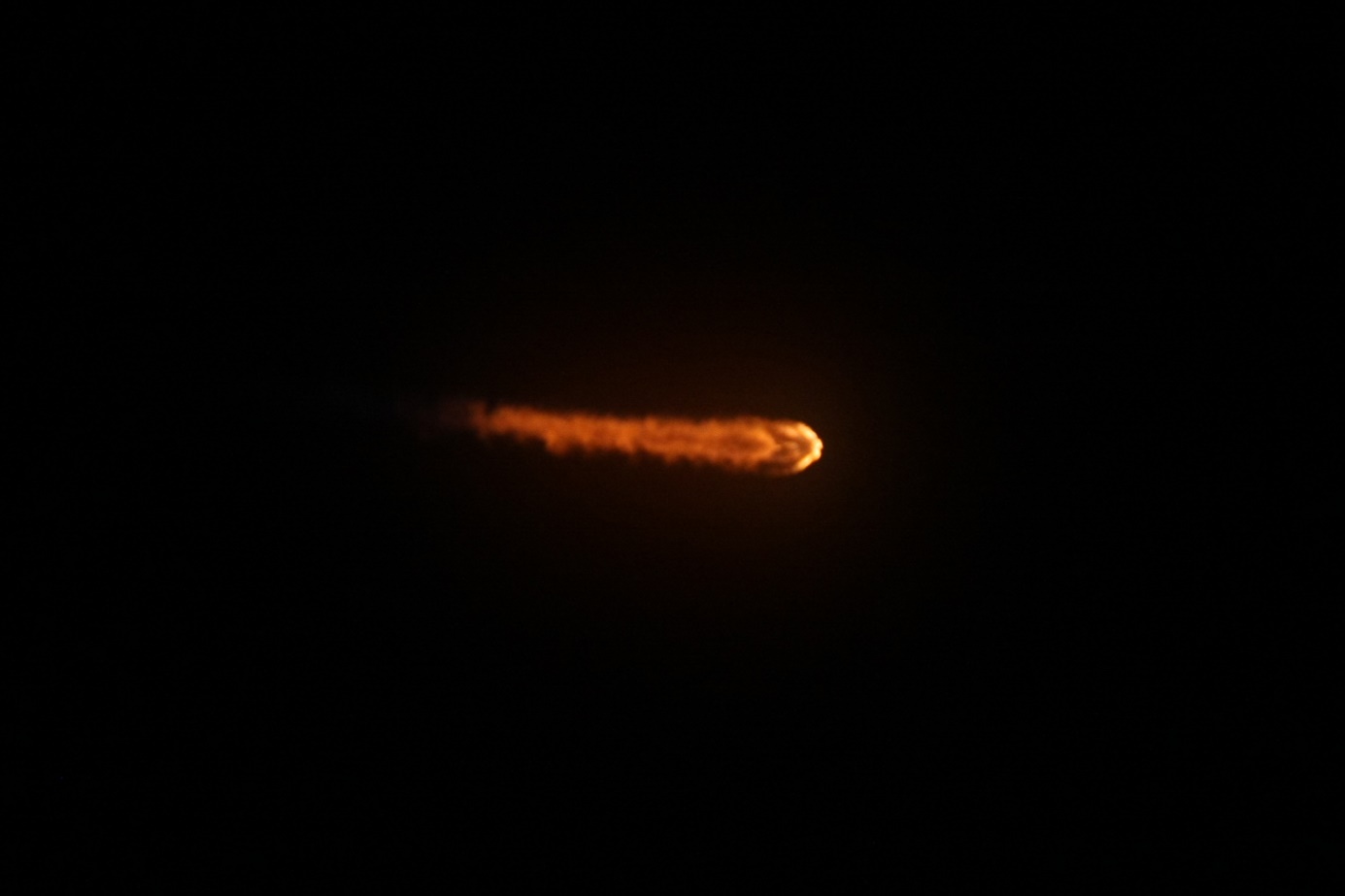
Falcon 9 Starlink 6-6 Downrange, Photo Courtesy Carleton Bailie/Spaceline
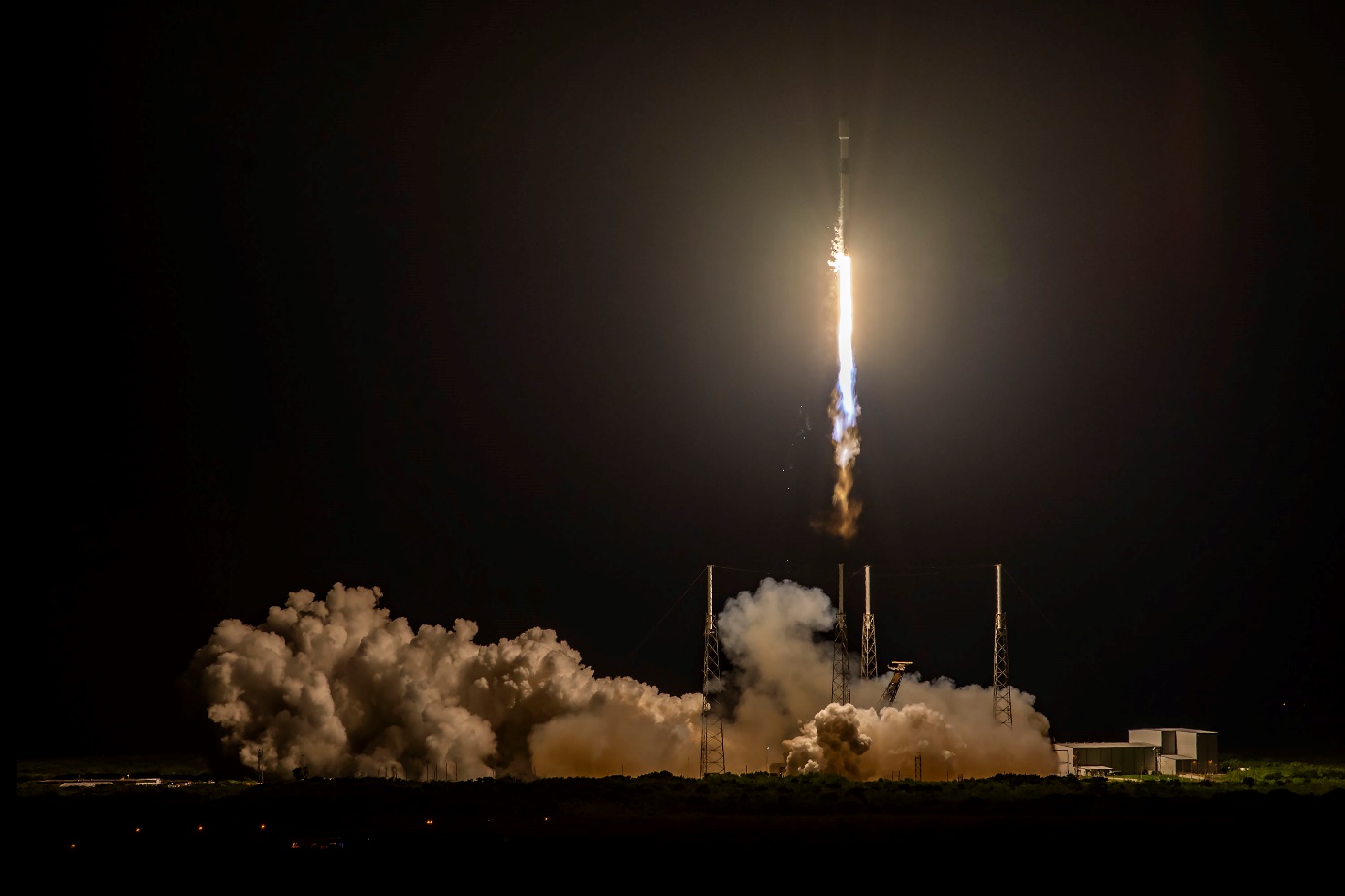
Falcon 9 Starlink 5-15 Launch, Photo Courtesy SpaceX
Falcon 9 Launches 54 Starlink Satellites
July 15, 2023 | Reported by Cliff Lethbridge
A SpaceX Falcon 9 rocket successfully launched 54 Starlink satellites at 11:50 p.m. EDT today from Launch Pad 40 on Cape Canaveral Space Force Station. The first stage booster employed today was being flown for the 16th time, having previously supported the GPS III-SV03, Turksat-5A, Transporter-2, Galaxy 33/34, Transporter-6 and ten Starlink missions. The booster was successfully recovered today with a landing on the "A Shortfall of Gravitas" drone ship, positioned on the Atlantic Ocean about 400 miles southeast of Cape Canaveral. The mission, designated Starlink 5-15, marks the final launch of Starlink V1.5 satellites, which are in the process of being augmented and replaced by larger and more powerful Starlink V2-Mini satellites. Starlink is a SpaceX-owned and operated constellation of broadband Internet satellites, intended to provide space-based Internet service to users worldwide. The service is currently available on all seven continents to over 1.5 million subscribers.
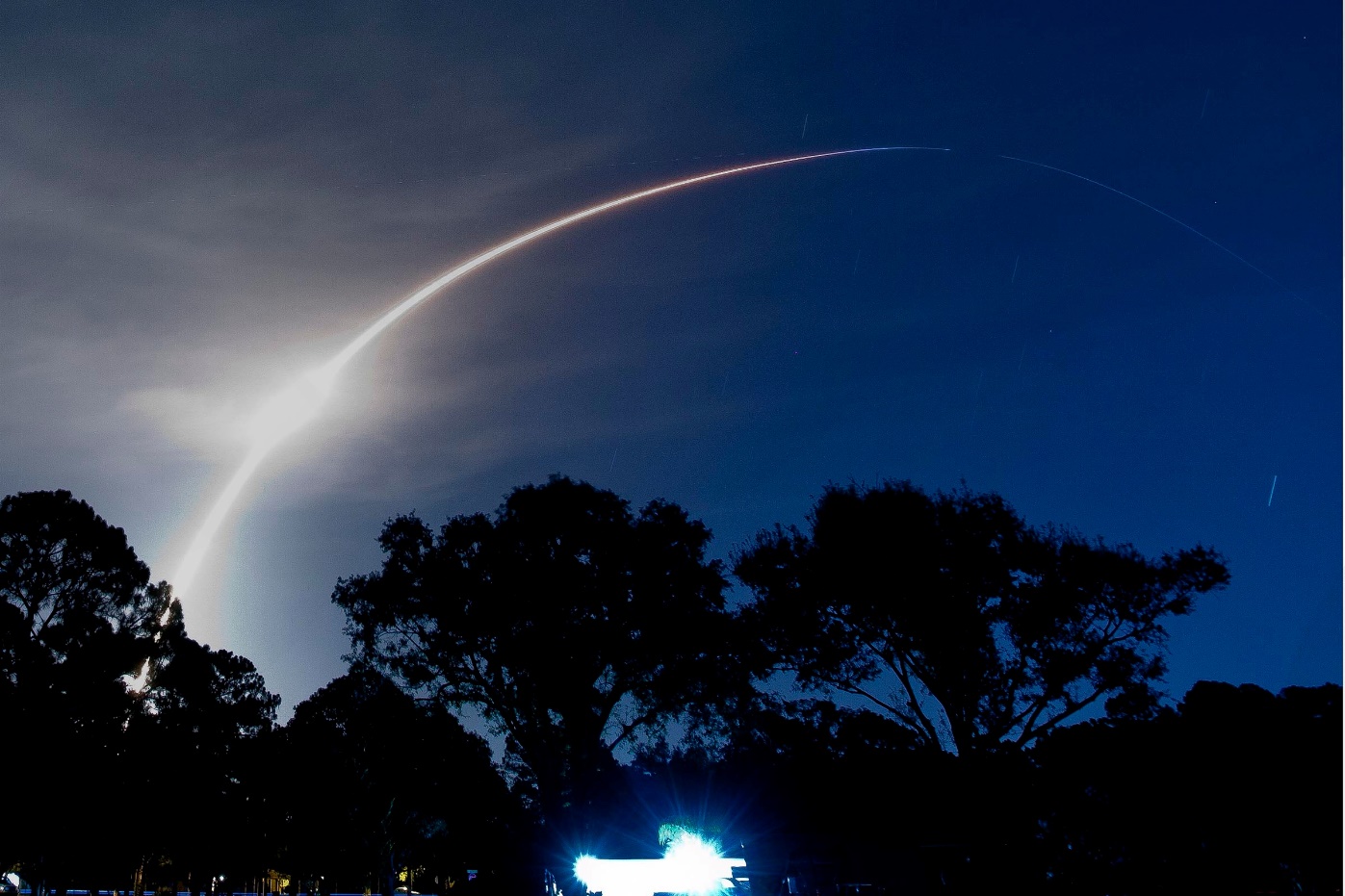
Falcon 9 Starlink 5-15 Launch, Photo Courtesy SpaceX
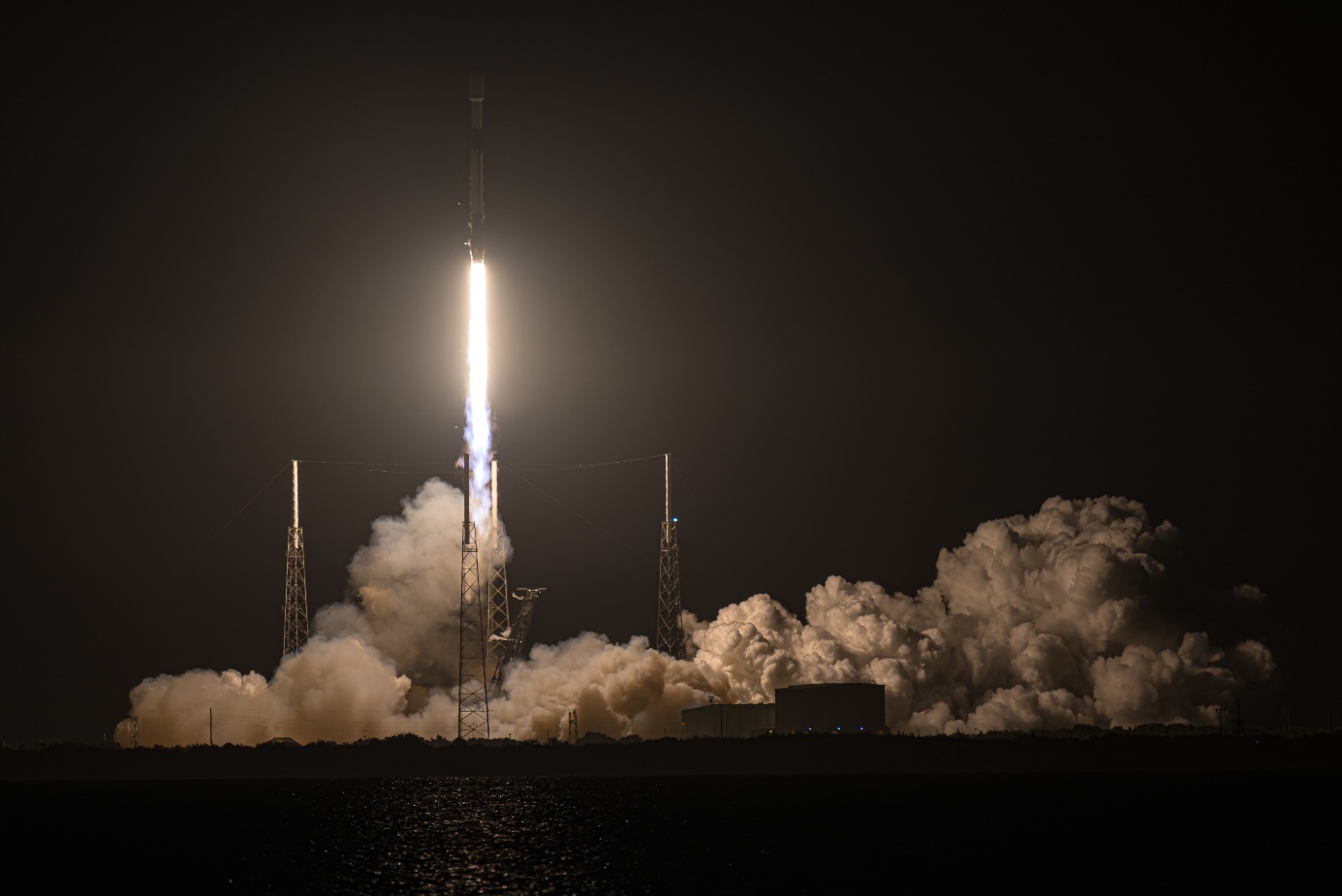
Falcon 9 Starlink 6-5 Launch, Photo Courtesy SpaceX
Falcon 9 Launches 22 Starlink V2-Mini Satellites
July 9, 2023 | Reported by Cliff Lethbridge
A SpaceX Falcon 9 rocket successfully launched 22 Starlink V2-Mini satellites at 11:58 p.m. EDT today from Launch Pad 40 on Cape Canaveral Space Force Station. The first stage booster employed today was being flown for the 16th time, having previously supported the DM-2, Anasis-II, CRS-21, Transporter-1, Transporter-3 and ten Starlink missions. The booster was successfully recovered today with a landing on the "Just Read the Instructions" drone ship, positioned on the Atlantic Ocean about 400 miles southeast of Cape Canaveral. The mission, designated Starlink 6-5, was the fifth launch of next-generation Starlink V2-Mini satellites and brings to a total of 4,768 Starlink satellites launched to date, although not all of these are operational or still in orbit. Starlink is a SpaceX-owned and operated constellation of broadband Internet satellites, intended to provide space-based Internet service to users worldwide. The service is currently available on all seven continents to over 1.5 million subscribers.
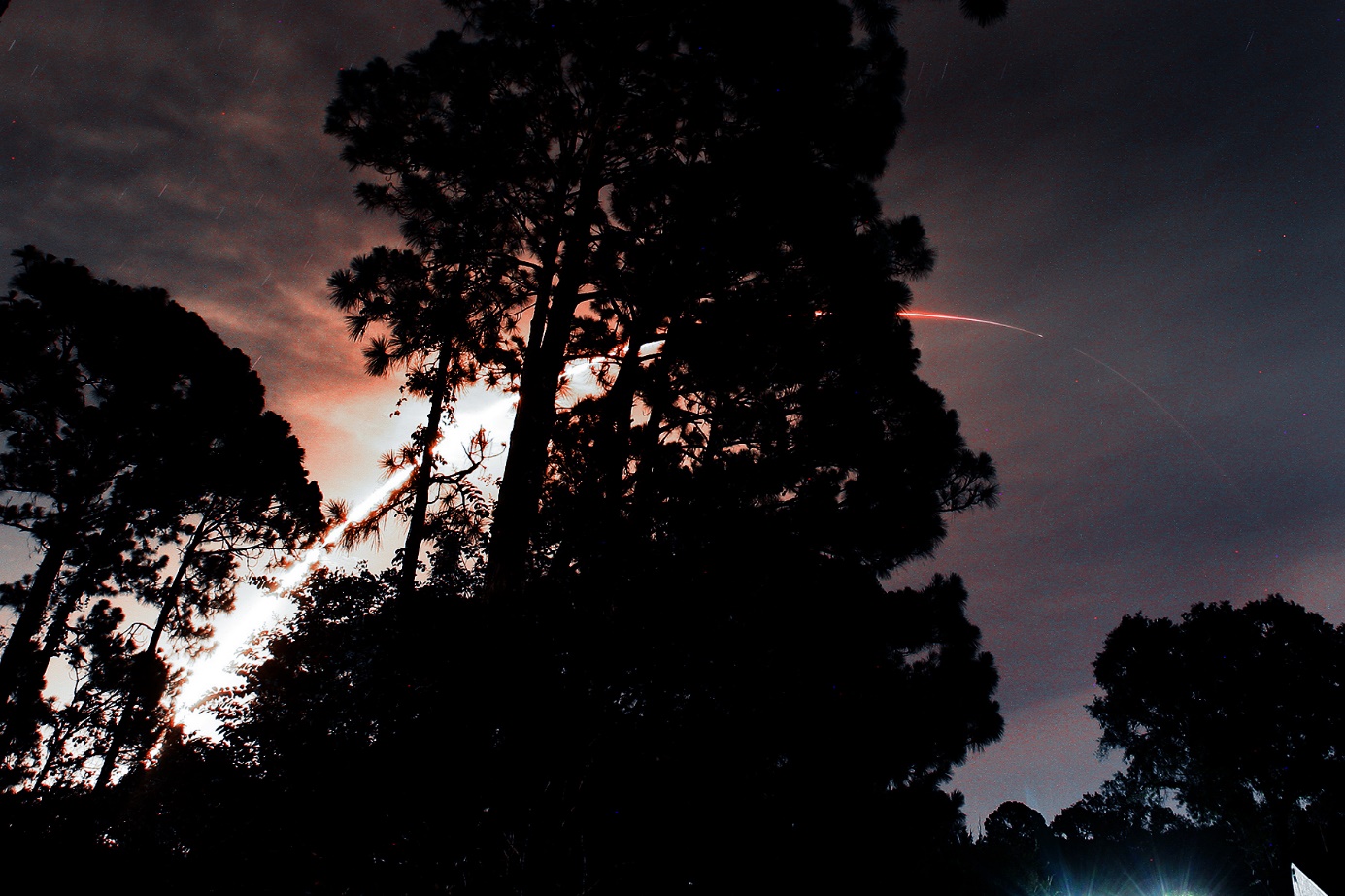
Falcon 9 Starlink 6-5 Launch, Photo Courtesy Carleton Bailie/Spaceline
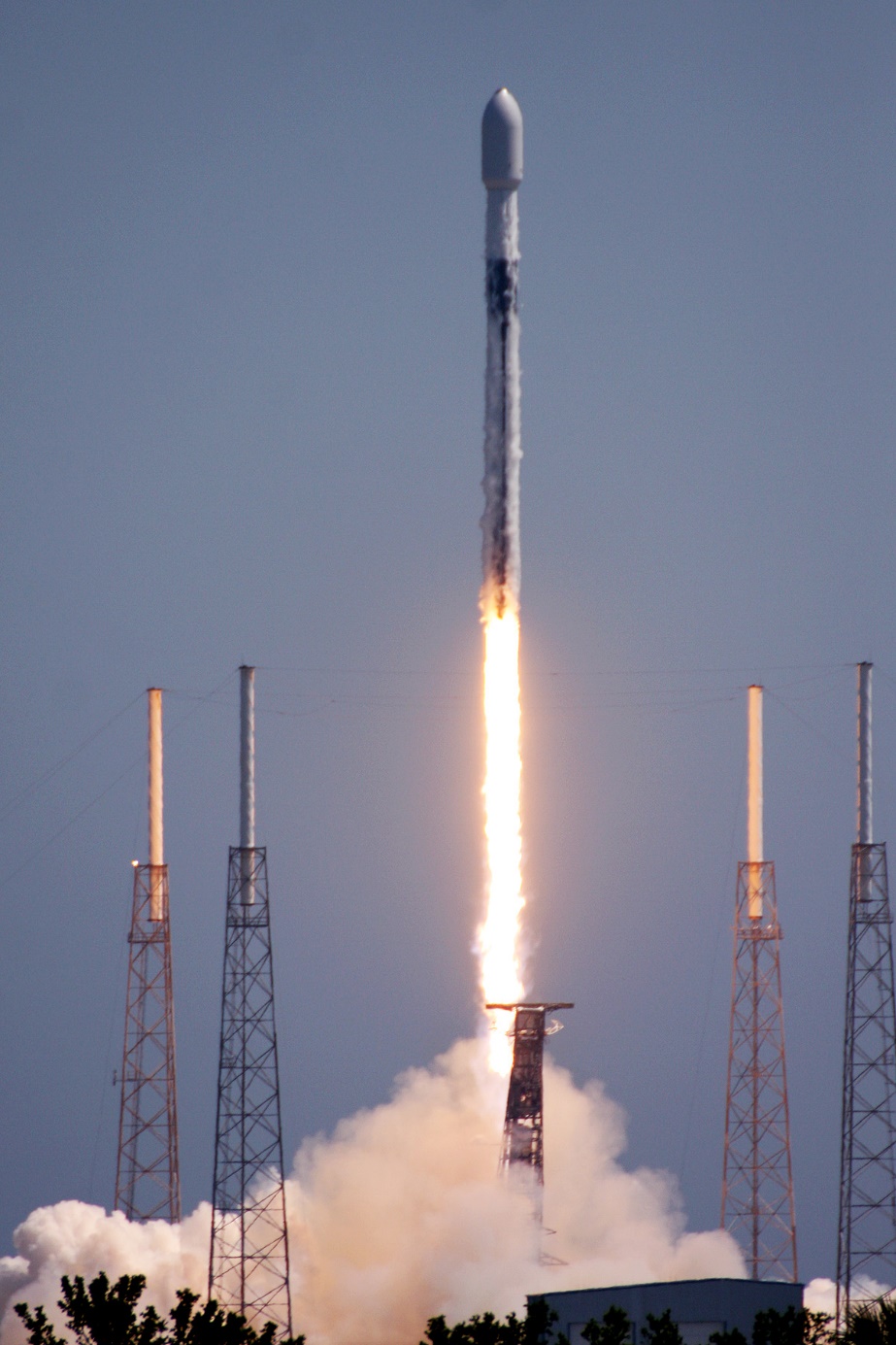
Falcon 9 Euclid Launch, Photo Courtesy Carleton Bailie/Spaceline
Falcon 9 Launches Euclid Dark Energy Telescope
July 1, 2023 | Reported by Cliff Lethbridge
A SpaceX Falcon 9 rocket successfully launched the Euclid dark energy telescope at 11:12 a.m. EDT today from Launch Pad 40 on Cape Canaveral Space Force Station. The first stage booster employed today was being flown for the second time, having previously supported the Axiom-2 mission. The booster was successfully recovered today with a landing on the "A Shortfall of Gravitas" drone ship, positioned on the Atlantic Ocean about 400 miles offshore Cape Canaveral. Euclid is a European Space Agency (ESA) dark energy telescope which will be positioned at the Sun-Earth L2 Lagrange Point about 1 million miles between the Earth and Sun. Euclid will observe dark energy, which makes up 68.3% of the universe, and dark matter, which makes up 26.8% of the universe. The remaining 4.9% of the universe is made up of visible matter. Euclid is expected to produce about 170 million gigabytes of data over a design life of six years.
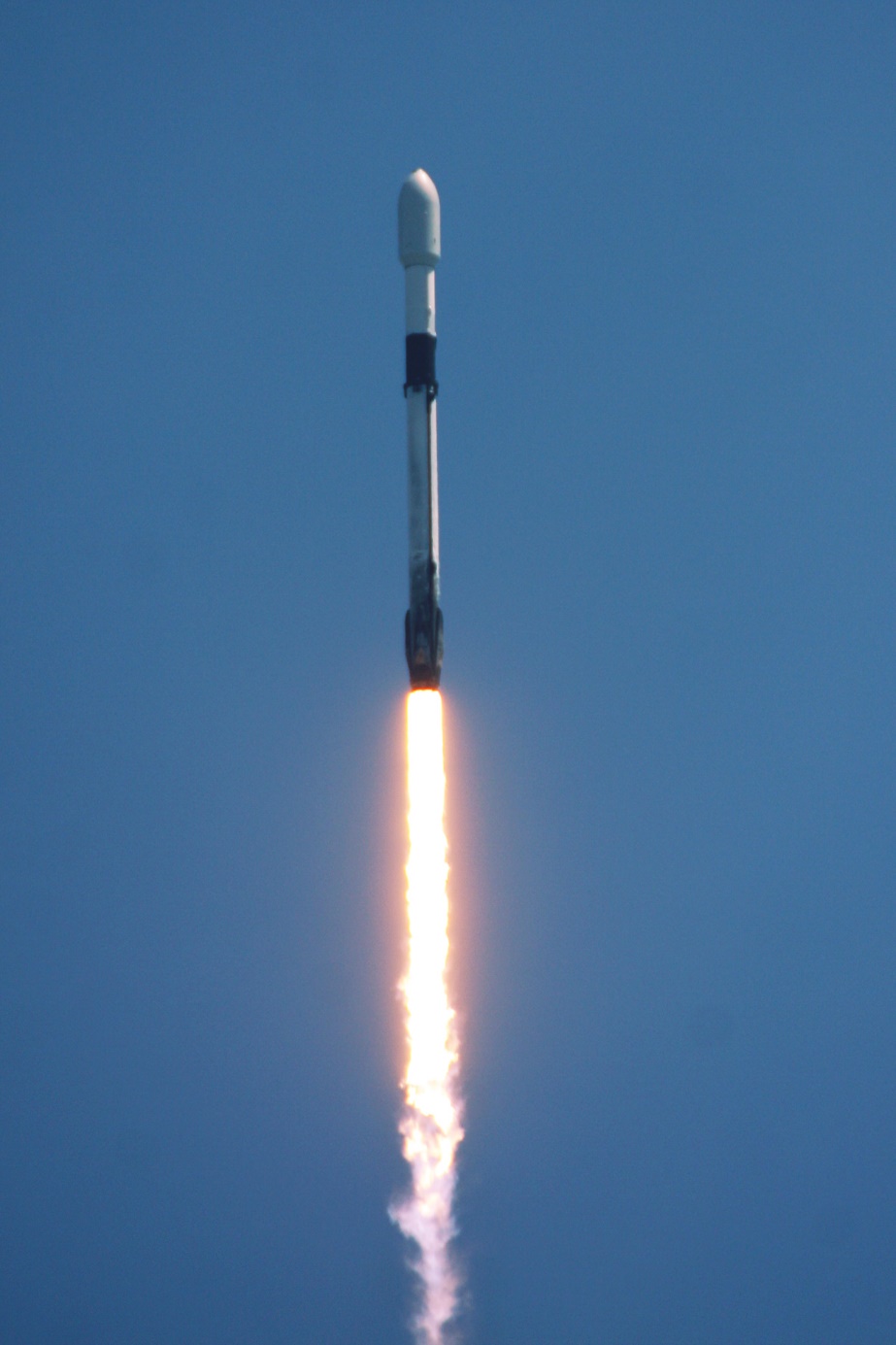
Falcon 9 Euclid Launch, Photo Courtesy Carleton Bailie/Spaceline


